We put the Honor Magic 4 Pro through our rigorous DXOMARK Audio test suite to measure its performance both at recording sound using its built-in microphones, and at playing audio back through its speakers.
In this review, we will break down how it fared in a variety of tests and several common use cases.
Overview
Key audio specifications include:
- One top front firing speaker, one top side firing and one bottom side firing
- No audio jack
- DTS:X Ultra sound effects
- Audio Zoom
Scoring
Sub-scores and attributes included in the calculations of the global score.
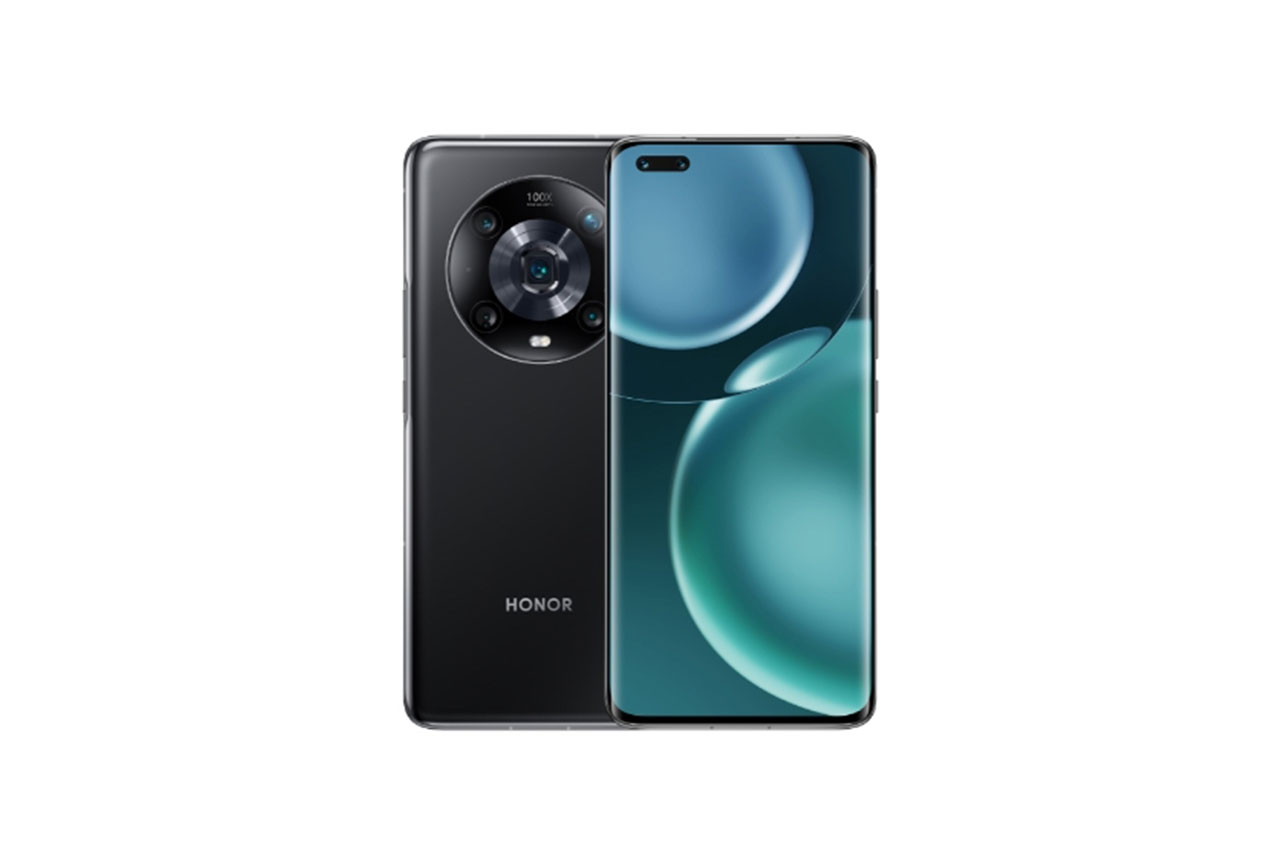
Honor Magic4 Pro


 40th
40th 28th
28thPlayback
Cons
- Thin tonal balance, with a lack of low-end extension and high-end extension
- Minimum volume step could be fine-tuned, as it is too quiet.
- Lack of depth due to thin tonal balance
Recording
Pros
- Good overall performance across all attributes
- Good Audio Zoom features
- Shines particularly in high SPL scenarios
Cons
- Tonal Balance too use-case dependent and lacking consistency
- In selfie video, noise reduction algorithms induce artifacts like phasing.
The Honor Magic 4 Pro is an overall very good device from an audio perspective. As a playback device, it does equally well for music, movies and gaming, making it a great all-rounder for smartphone users who rely on the built-in speakers. The device offers a pleasant midrange and good attack rendition, with sharp transients. It also offers a wide stereo soundscape where individual voices and instruments are easy to locate. On the downside, the tonal balance lacks some low-end and high-end extension, making it a little thin, and the minimum volume step is too quiet, which means it’s not ideal for listing to softer sound, such as classical music.
The Magic4 Pro does well for Playback but is even better as a recording device, offering good performance across all our test attributes. It’s a very good option for recording in all sorts of situations, including concerts, meetings, and voice memos. It also sounds great when recording sound with main camera or selfie videos. Our testers found the device to be particularly good at dealing with high sound pressure levels, where it still offers a nice tonal balance and envelope as well as great intelligibility. Audio zoom works very well, too, allowing you to focus on one particular source of sound and drown out all the rest. On the downside, tonal balance varies a little too much between use cases, for example lacking high-end extension when recording main camera video.
Test summary
About DXOMARK Audio tests: For scoring and analysis in our smartphone audio reviews, DXOMARK engineers perform a variety of objective tests and undertake more than 20 hours of perceptual evaluation under controlled lab conditions.
(For more details about our Playback protocol, click here; for more details about our Recording protocol, click here.)
The following section gathers key elements of our exhaustive tests and analyses performed in DXOMARK laboratories. Detailed performance evaluations under the form of reports are available upon request. Do not hesitate to contact us.
Playback
Honor Magic4 Pro
163
DXOMARK engineers test playback through the smartphone speakers, whose performance is evaluated in our labs and in real-life conditions, using default apps and settings.
When playing back music or other sound through the built-in speakers, the Magic4 Pro offers an overall decent tonal balance, although a lack of high-end extension means treble can be a little dull, and the lower end of the spectrum lacks depth. In terms of dynamics, attack rendition is nice and sharp, but the bass could be more precise.
The speakers are capable of rendering a large stereo scene and sound sources are easy to locate within the scene. Distance perception is realistic as well. At minimum volume dynamic content, such as classical music, can drown out but the maximum volume setting is nicely tuned, not showing any flaws. The device also does well in terms of artifacts, without any distortion or compression, even at max volume. There’s only some light treble distortion which could even be intentional.
Listen to the tested smartphone’s playback performance in this comparison with some of its competitors:
Here is how the Honor Magic 4 Pro performs in playback use cases compared to its competitors:

Timbre
Honor Magic4 Pro
158
The Timbre score represents how well a phone reproduces sound across the audible tonal range and takes into account bass, midrange, treble, tonal balance, and volume dependency. It is the most important attribute for playback.

Dynamics
Honor Magic4 Pro
149
The Dynamics score measures the accuracy of changes in the energy level of sound sources, for example how precisely a bass note is reproduced or the impact sound from drums.
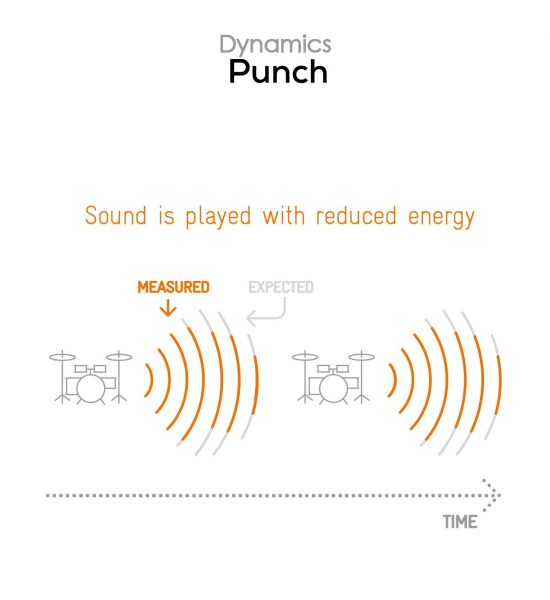
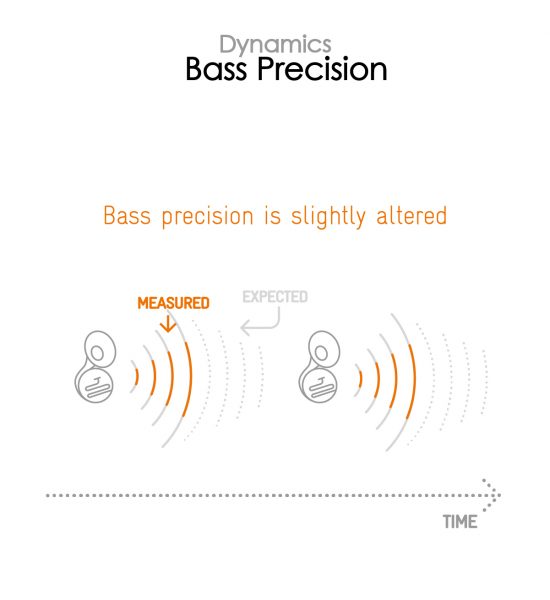

Spatial
Honor Magic4 Pro
162
The sub-attributes for spatial tests include pinpointing a specific sound's location, its positional balance, distance, and wideness.

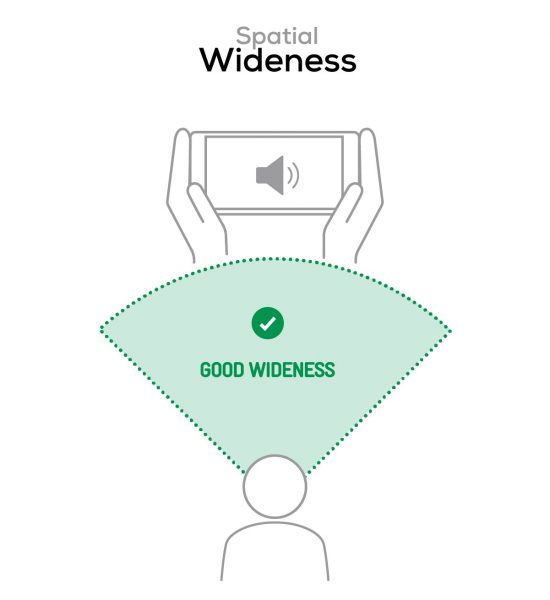

Volume
Honor Magic4 Pro
162
The Volume score represents the overall loudness of a smartphone and how smoothly volume increases and decreases based on user input.
| Hip-Hop | Classical | |
| Honor Magic4 Pro | 72.3 dBA | 69.2 dBA |
| Apple iPhone 13 Pro Max | 72.4 dBA | 69.5 dBA |
| Samsung Galaxy S22 Ultra (Exynos) | 74.1 dBA | 70.2 dBA |

Artifacts
Honor Magic4 Pro
157
The Artifacts score measures the extent to which the sound is affected by various types of distortion. The higher the score, the less the disturbances in the sound are noticeable. Distortion can occur because of sound processing in the device and because of the quality of the speakers.
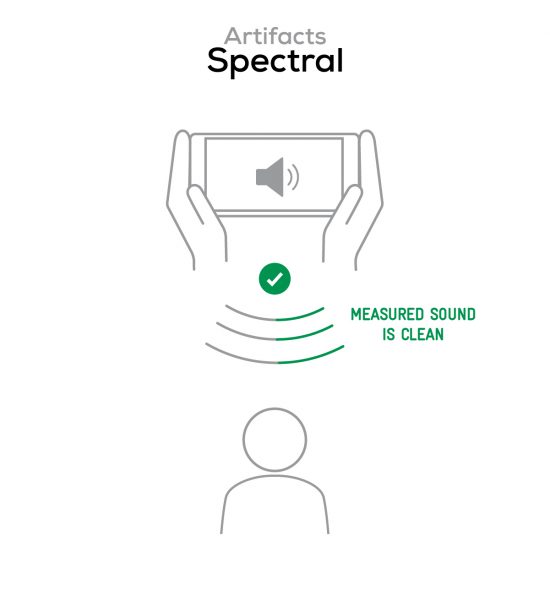
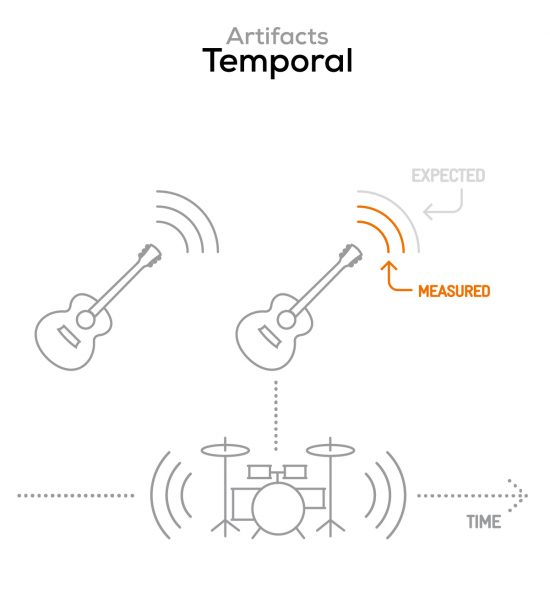
It represents the distortion and noise of the device playing our test signal (0 dB Fs, Sweep Sine in an anechoic box at 40 cm) at the device's maximum volume.
Recording
Honor Magic4 Pro
160
DXOMARK engineers test recording by evaluating the recorded files on reference audio equipment. Those recordings are done in our labs and in real-life conditions, using default apps and settings.
The Magic4 Pro is overall a very good phone for recording sound and even better than for Playback. Recordings have great timbre, although there is some variation depending on the use case. Treble is mostly great but sound in main camera video recordings lacks high-end extension compared to selfie video and voice memos. Recordings feature a nice and natural tonal balance, which is particularly good for recording high sound pressure levels. It’s worth noting that using the audio zoom feature will result in a slight loss of low-midrange and clarity.
In terms of dynamics, the Honor does well across all use cases, generally offering great intelligibility and envelope. The latter is precise and accurate even with high sound pressure levels and features sharp transients. On the downside, wideness sounds quite narrow in many use cases, but instruments or voices are easy to locate in the soundscape, and background noise is filtered very well when using the audio zoom feature.
Our testers noticed some sound artifacts in Magic4 Pro recordings. Some pumping is noticeable on low volume content when there is loud background noise, and loud sounds, such as shouting voices, can be slightly distorted. The device deals very well with wind noise, though, particularly when recording selfie videos and the wind is not too strong. Recordings are pretty much free of artifacts when using audio zoom. Tonal balance in the background is good but slightly focused on the midrange.
Here is how the Honor Magic4 Pro performs in recording use cases compared to its competitors:

Timbre
Honor Magic4 Pro
147
The Timbre score represents how well a phone captures sounds across the audible tonal range and takes into account bass, midrange, treble, and tonal balance. It is the most important attribute for recording.

Dynamics
Honor Magic4 Pro
146
The Dynamics score measures the accuracy of changes in the energy level of sound sources, for example how precisely a voice's plosives (the p's, t's and k's, for example) are reproduced. The score also considers the Signal-to-Noise Ratio (SNR), for example how loud the main voice is compared to the background noise.
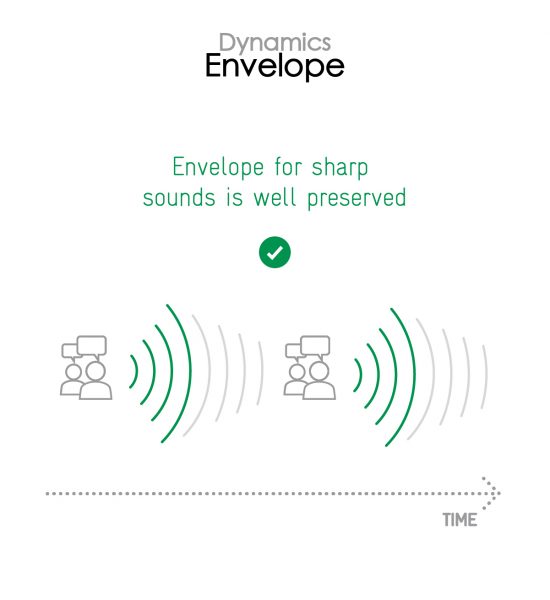
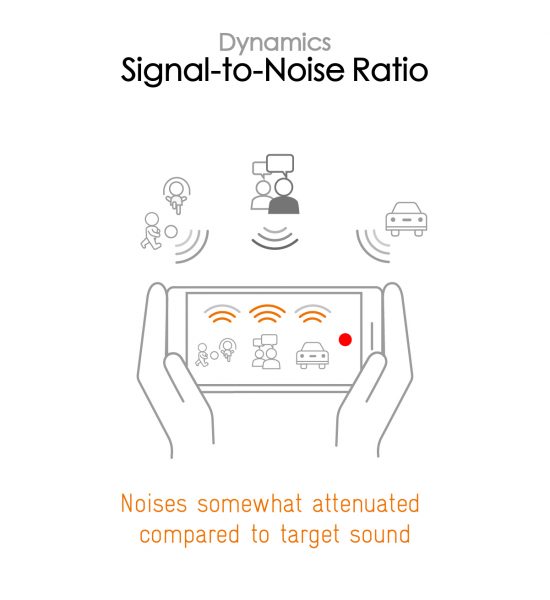

Spatial
Honor Magic4 Pro
159
The sub-attributes for spatial tests include pinpointing a specific sound's location, its positional balance, distance, and wideness on the recorded audio files.
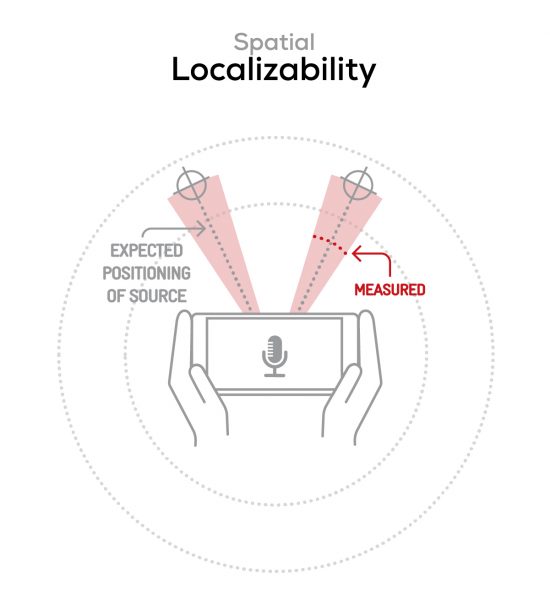
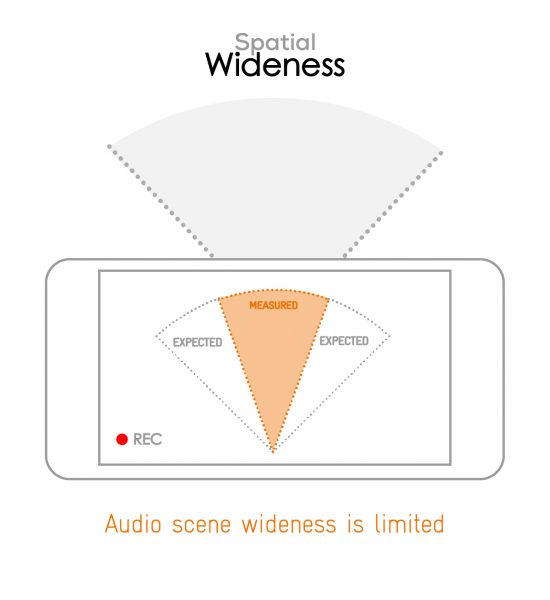

Volume
Honor Magic4 Pro
170
The Volume score represents how loud audio is normalized on the recorded files and the how the device handles loud environments, such as electronic concerts, when recording.
| Meeting | Life Video | Selfie Video | Memo | |
| Honor Magic4 Pro | -22.3 LUFS | -19.8 LUFS | -18.1 LUFS | -18.8 LUFS |
| Apple iPhone 13 Pro Max | -25.5 LUFS | -22.7 LUFS | -20.1 LUFS | -18.2 LUFS |
| Samsung Galaxy S22 Ultra (Exynos) | -28.8 LUFS | -21.7 LUFS | -21.2 LUFS | -23.9 LUFS |
The Artifacts score measures the extent to which the recorded sounds are affected by various types of distortions. The higher the score, the less the disturbances in the sound are noticeable. Distortions can occur because of sound processing in the device and the quality of the microphones, as well as user handling, such as how the phone is held.
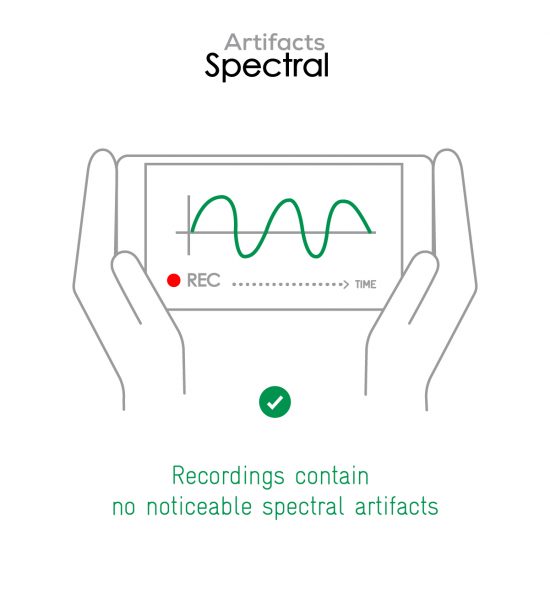
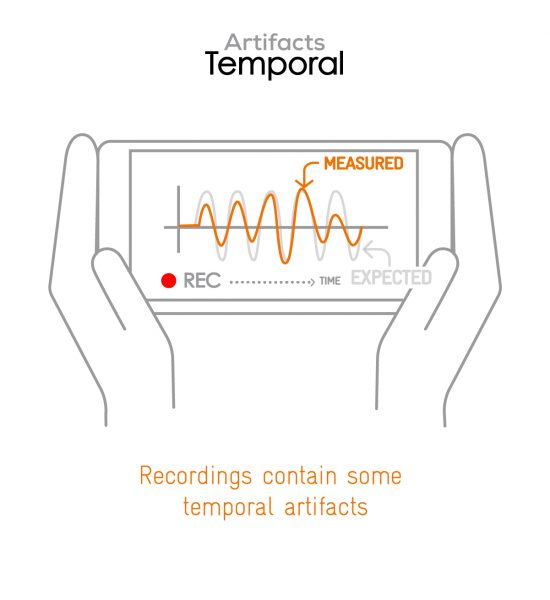
In this audio comparison, you can listen to the way this smartphone handles wind noise relative to its competitors:

Background
Honor Magic4 Pro
166
Background evaluates how natural the various sounds around a voice blend into the video recording file. For example, when recording a speech at an event, the background should not interfere with the main voice, yet it should provide some context of the surroundings.
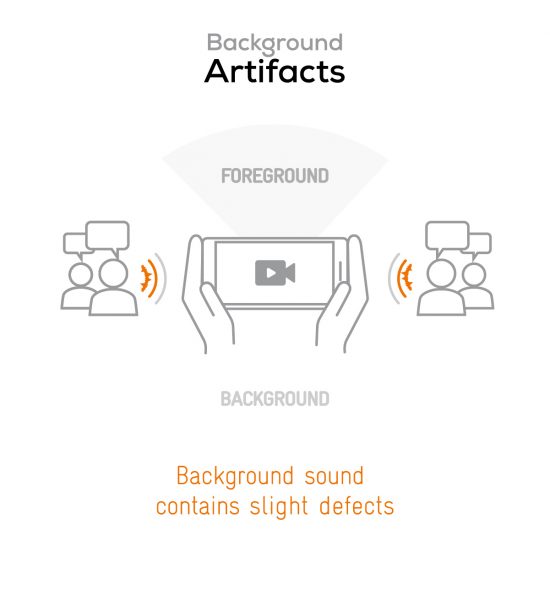
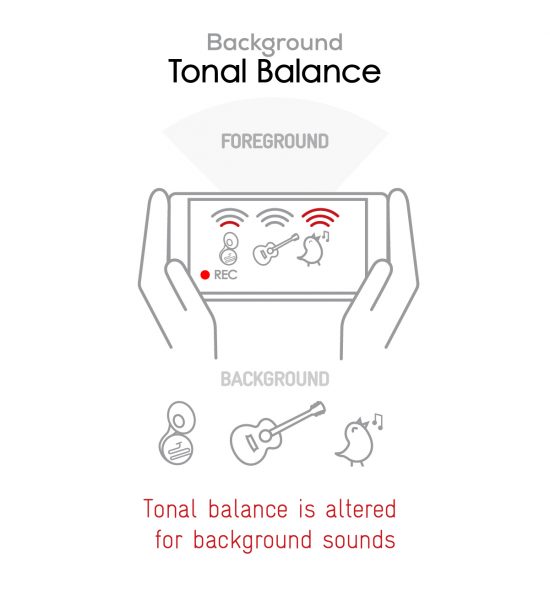


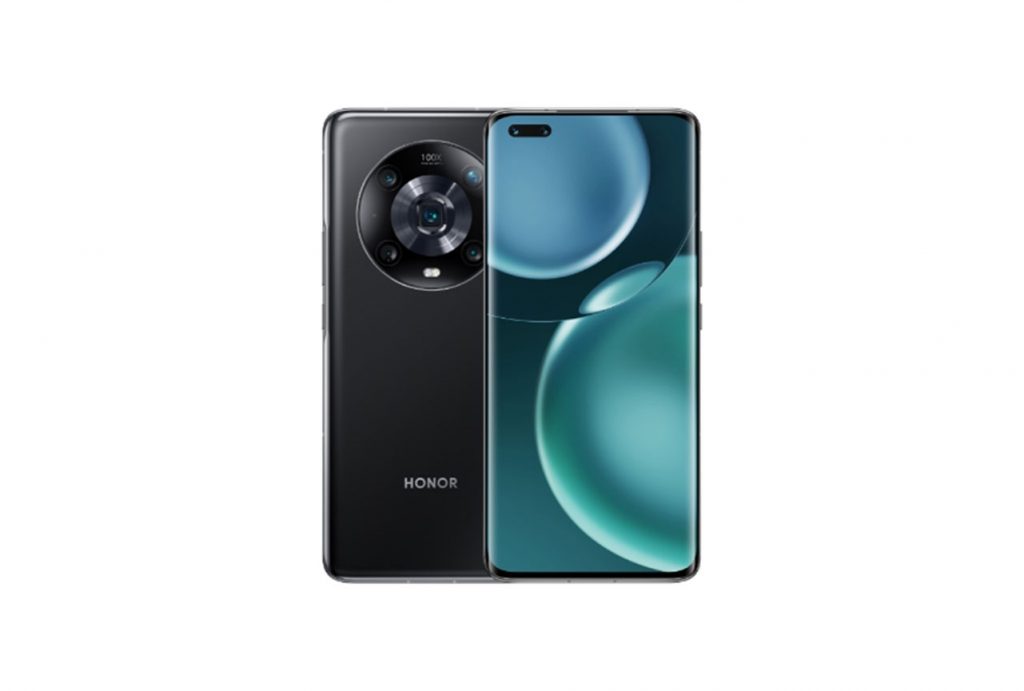

DXOMARK encourages its readers to share comments on the articles. To read or post comments, Disqus cookies are required. Change your Cookies Preferences and read more about our Comment Policy.